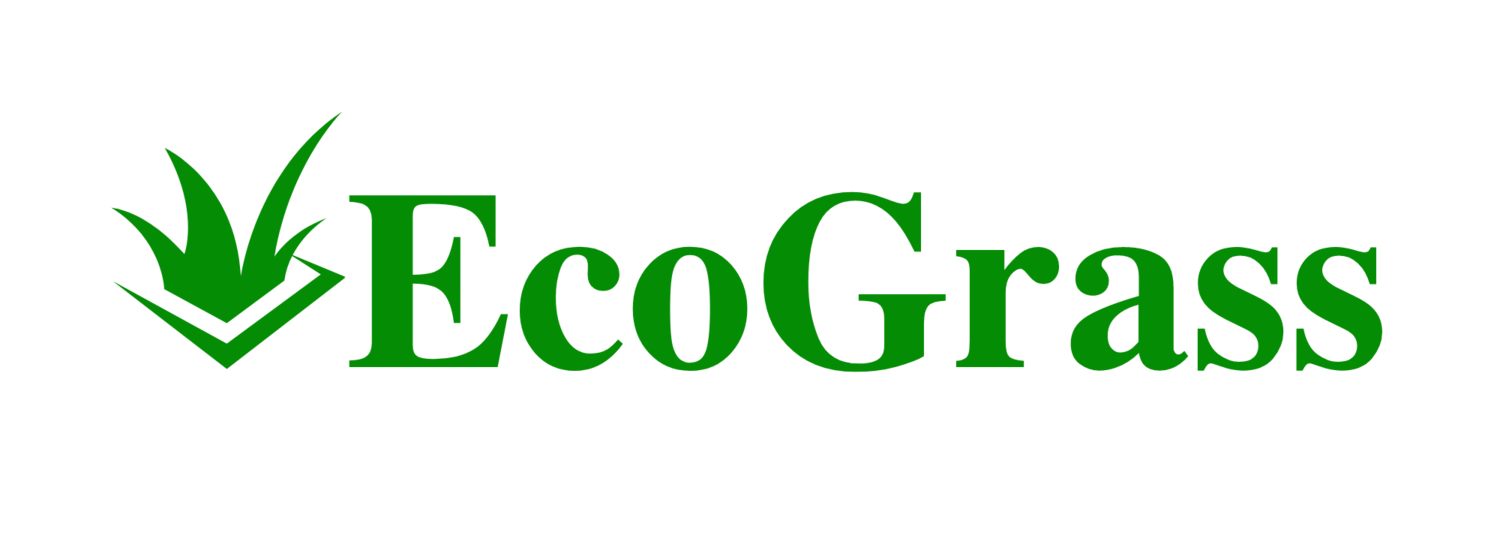How Long Does Artificial Turf Last? Understanding Its Lifespan and Durability
Artificial turf, also known as synthetic grass, has become a popular alternative to natural lawns for its low maintenance and year-round green appearance. The longevity of your artificial turf is influenced by multiple factors, including the quality of materials used, the volume of foot traffic it endures, exposure to sunlight, and how it is maintained. Typically, you can expect a well-maintained artificial turf installation to last between 10 and 20 years, but some higher-end models may even surpass this range.
When you invest in synthetic grass, you're looking at a product designed to withstand various weather conditions and wear. The life expectancy can average from 12 to 15 years, with proper care potentially extending this lifespan further. Factors such as the type of infill used, the quality of the synthetic fibers, and the installation process play a significant role in how long your turf will retain its aesthetic and functional qualities.
To ensure that you get the most out of your artificial turf, it's crucial to adhere to recommended maintenance routines. Keeping the turf clean, brushing the fibers regularly to keep them upright, and removing debris can go a long way in preserving its look and functionality. While synthetic grass may not last forever, with considerate use and care, your investment can offer a pristine lawn experience for many years.
Lifespan and Durability Factors of Artificial Turf
The longevity and resilience of your artificial turf are influenced by several critical factors, such as the materials used in production, the climate it endures, how actively it is utilized, and the attention given to its maintenance.
Material Quality and Types
Nylon, polyethylene, and other synthetic fibers are the materials commonly used in the manufacture of artificial turf. Nylon is prized for its strength and ability to withstand heavy use, while polyethylene is favored for its soft texture and natural appearance. The type and quality of material directly affect the durability and overall lifespan of the turf, with high-grade materials lasting upwards of 15-20 years.
Influence of Weather and Sunlight
Your artificial turf's endurance against weather and sunlight is pivotal. Extended exposure to direct sunlight can lead to discoloration and breakdown of the fibers, reducing the turf's lifespan. Conversely, turf that is well-engineered for UV resistance can better maintain its color and integrity. Temperature fluctuations and rain also test the turf's drainage capabilities, so products designed with excellent water percolation are preferable.
Foot Traffic and Usage Patterns
Foot traffic and usage patterns significantly determine wear and tear. Areas under heavy use, such as playgrounds or sports fields, may exhibit quicker degradation than residential lawns with lighter usage. Planning for usage and selecting a turf designed to handle the expected traffic is critical in preserving the artificial grass for as long as possible.
Maintenance and Care
Lastly, maintenance and care are critical to extending the life of your fake grass. Regularly removing debris, pet waste, and performing routine cleaning with a rake or power broom helps prevent fiber matting and buildup. Appropriate top-up of infill materials, like sand or crumb rubber, is essential to keep the turf stable and resilient. Implementing a consistent maintenance schedule ensures that your artificial turf remains a desirable, low maintenance addition to your space.
Installation and Long-Term Costs
When considering artificial turf, understanding the intricacies of initial installation and ongoing costs is crucial for gauging the investment's true value. These expenses are balanced against the turf's longevity, with proper installation and maintenance often leading to increased lifespan and reduced long-term costs.
Proper Installation Techniques
To maximize your artificial turf's lifespan, it's imperative that you employ the correct installation techniques. This process includes:
Preparing the sub-base: Ensure a stable sub-base, often consisting of crushed stone or gravel, to facilitate proper drainage and level the surface.
Using a weed barrier: Place a barrier to prevent growth that can damage the turf's foundation.
Secure and seamless laying: The turf should be laid securely, avoiding wrinkles or folds, for both aesthetic and practical reasons.
Infill application: Apply a rubber or sand infill as recommended by turf experts, which supports the fibers and adds resilience.
Edge finishing: Ensure that the edges of your synthetic turf are neatly secured against concrete, garden borders, or other surfaces to prevent peeling or lifting.
Cost-Benefit Analysis
Assessing the cost of artificial turf installation against the benefits involves several components.
Initial investment: The upfront cost for high-quality synthetic turf can range, but consider requesting a free quote for precise figures based on your specific requirements.
Long-term savings: Calculate the expected longevity—often 10-20 years—against the maintenance costs of natural lawns.
Value of time: Freeing up time typically spent on lawn care could be a significant, though less tangible, benefit.
Replacement costs: While synthetic grass has a notable lifespan, eventual replacement is something to budget for decades down the line.
Post-Installation Care and Repairs
Your artificial turf's durability is highly dependent on proper care and occasional repairs:
Routine maintenance: Regular cleaning with a rake or leaf blower, along with periodic rinsing, can prevent the accumulation of debris and keep your turf looking fresh.
Prompt repairs: Address minor issues such as loose edges or seams before they necessitate larger scale repairs, potentially extending the life of your artificial lawn.
Avoid harsh chemicals: The use of aggressive chemicals for cleaning can degrade the quality of the synthetic fibers. Stick to manufacturers' recommendations for cleaning agents.
Furniture and foot traffic: Be mindful of furniture placement and movement, as heavy items can compress or damage the turf over time. Similarly, consider the wear patterns from foot traffic, especially if your turf serves as a football field or similar heavy-use area.

